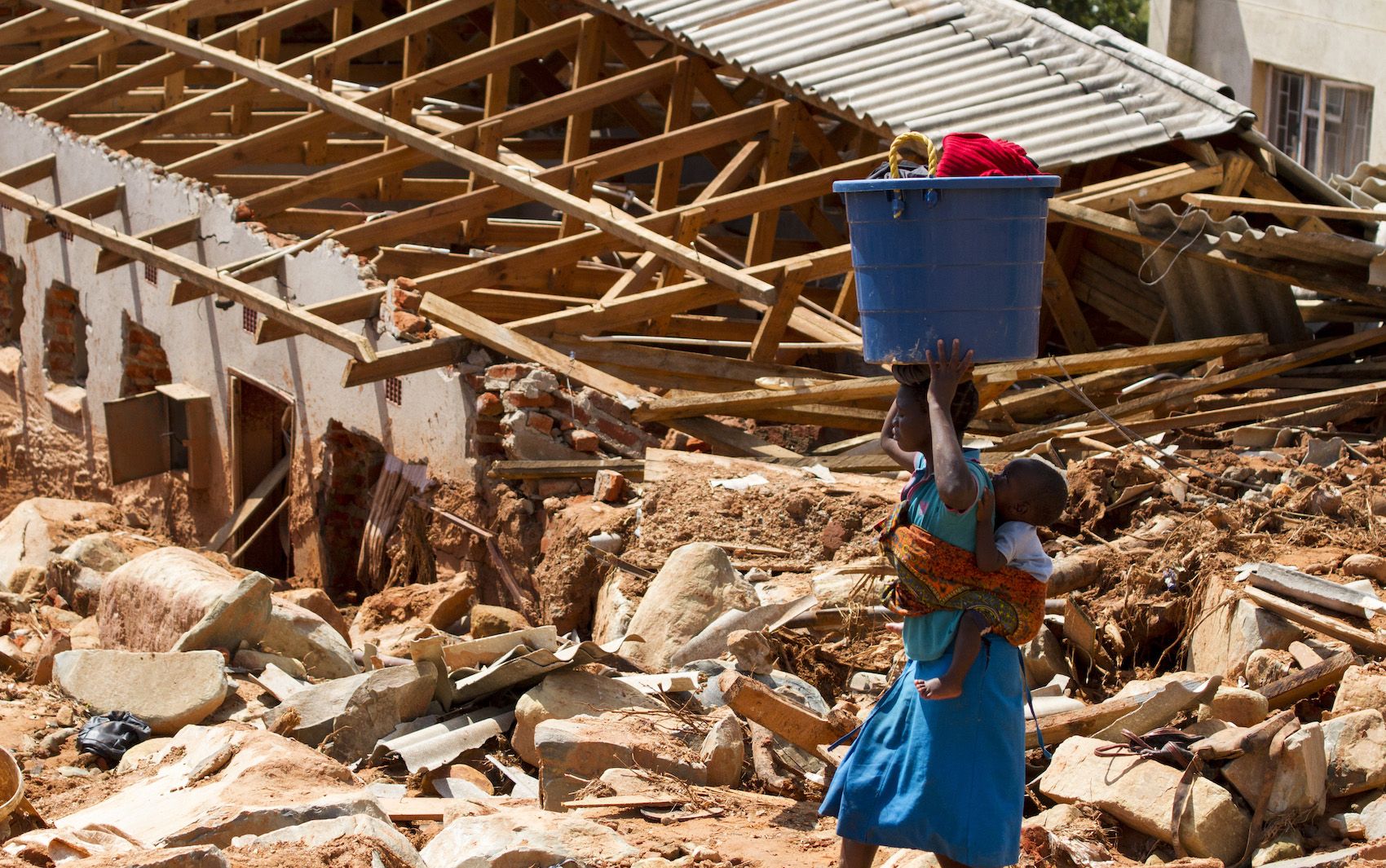
GOAL Zimbabwe was preparing to respond to USAID’s Office of Food for Peace (FFP) request for applications (RFA) funding opportunities for Zimbabwe. The application needed to respond to the causes of household food insecurity, focusing on nutrition and market-oriented livelihoods. The RFA required justification of proposed geographic focus, selection of one district or ward over another within the donor’s target areas, given stunting prevalence, historical needs for food assistance, population demographics, dryer agro-ecological zones, and the ability to monitor program sites. It also required justification of particular beneficiary types and activities.
The main purpose of this assignment was to conduct an assessment in four districts of Manicaland Province focusing on disaster preparedness, food security, and household economy in order to assist in geographic and beneficiary targeting and intervention selection.
Our role as Muthengo Development Solutions on this project was to undertake the following:
Conceptualized and defined priority food security problems within specific geographic areas among specific groups of the population using both qualitative and quantitative approaches.
Conduct household economy analysis, with an emphasis on livelihoods and current market trends, gender roles, gaps, and practices with regard to livelihoods.
Conducted market analysis (e.g., supply and demand for farm and off-farm inputs and outputs) focused on the particular livelihoods of interest to the donor, to provide specific recommendations on improving household economies (income and cash flow as related to food security).
Conducted financial analysis/economic modeling to justify the selection of given crop, livestock, and off-farm interventions in light of desired changes in HH income, resilience, nutritional status, and food security
Assessed practices in drought-resistant agriculture, nutrient-rich crop production, soil fertility, and crop management, pre-and post-harvest food safety and loss-reduction techniques, integrated livestock management, harvesting of non-timber forest products, irrigation, and multi-use water management
Assessed determinants, factors, and barriers to positive practices related to nutrition of children from conception through age 2 (including sound infant and young child feeding, quality of the diet of pregnant/lactating women, use of health services by those populations, homestead food production, and water/sanitation/hygiene practices). And measure stunting (height-for-age Z-score < -2 SD) and wasting (weight-for-height < -2 SD) in children under age 5.
Assessed practices around livelihood risk management
Recommended priority interventions to address priority household food security problems.
Read the full project here
https://2017-2020.usaid.gov/sites/default/files/documents/352986/RFA_IEE_FY20_Zimbabwe.pdf

